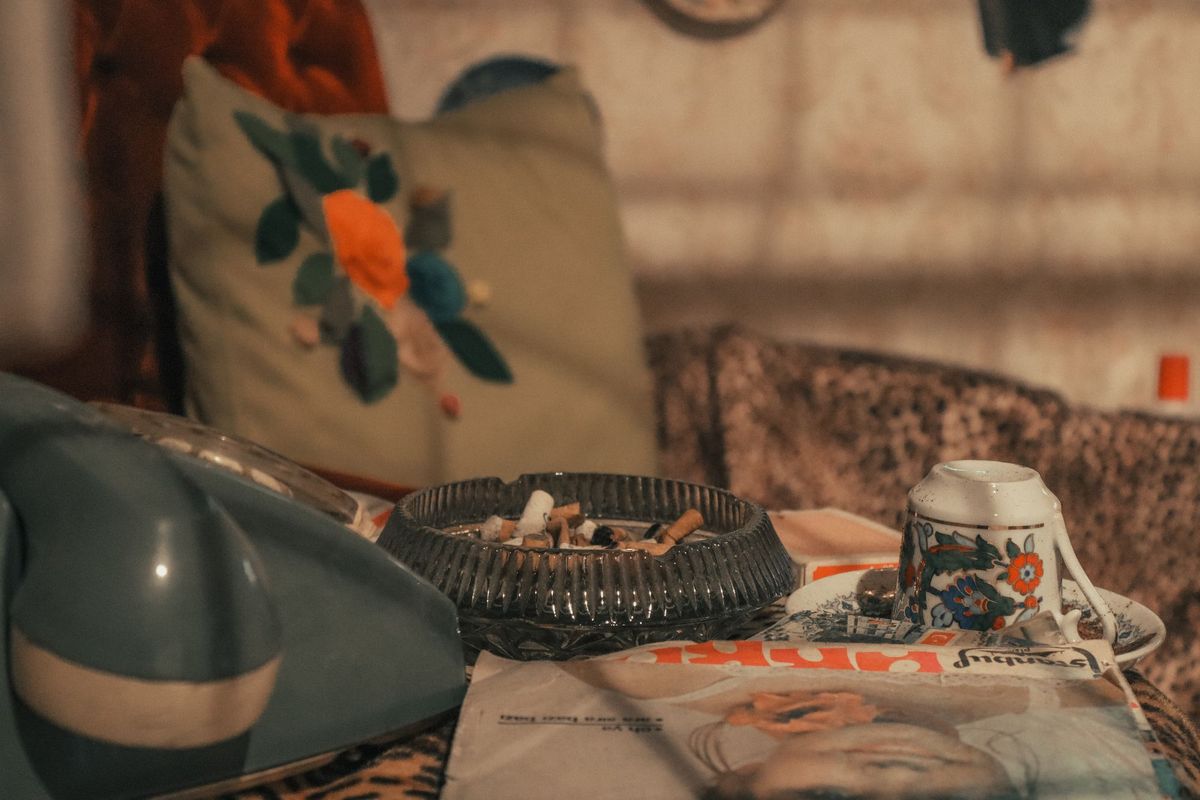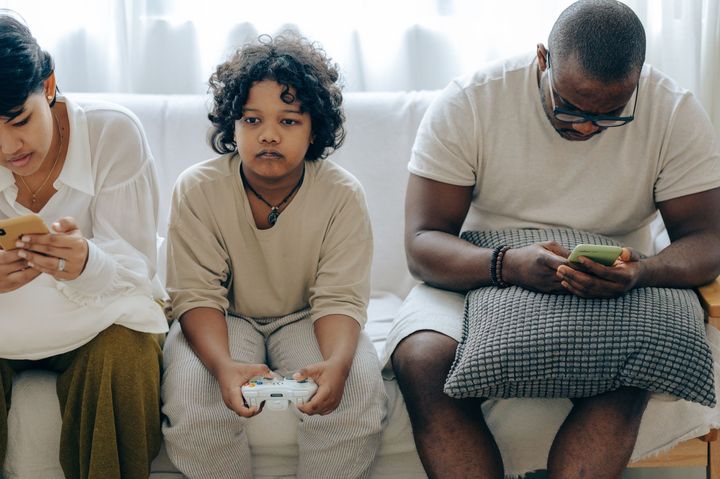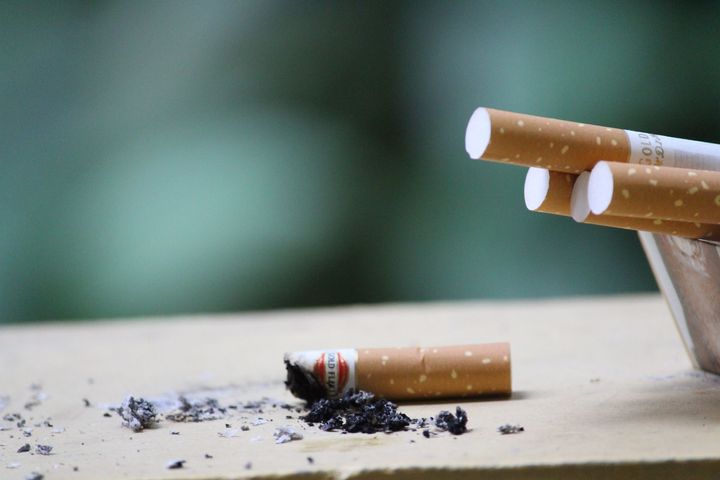How Habits Become Addictions
If a habit offers some sort of relief or positive feedback, it may become an addiction

By Ritika Dhaliwal
Think about the first time you joined a gym. At first, it probably took you a lot of effort to get up, go to the gym, and start exercising. But as you continued, it became a routine and perhaps did not require as much effort as it did in the beginning. Parallel parking, gambling, smoking, binge eating, brushing your teeth, and so on, are all examples of habits and things we do on a daily basis. What is it that forms these habits? And how do some habits become addictions?
Q- How are habits formed?
A- Habits are formed in a three-part loop. There exists a cue (or context), a response, and a reward (or consequence), all directed towards a goal. The environmental cue leads us to respond, and our brains associate the cue and reward. That’s how we learn to repeat the action. Habits are formed due to goals. Goals are flexible to a large extent and keep changing, but our habits become permanent. They are programmed to stick even if they no longer serve the purpose or the goal.
The brain’s neural circuitry forms these connections, which then tend to become permanent - especially if there is some relief or positive feedback involved. That’s why these habits can be difficult to break.
Let's take an example: You’re hungry, and spot an enticing-looking slice of cake in a store window. The cake is the cue; hunger is the context. You eat the cake (response); you feel sated and your body can continue its processes (the goal: survival). There’s additional positive feedback in play: you feel good after eating the cake, which reinforces the behavior. Next time you see a piece of cake, you can expect it to trigger your brain to go into autopilot mode and decide that the cake must be eaten.
There’s nothing inherently wrong with such behavior. But it’s when it starts to do more harm than good that it turns into a bad habit. Take stress eating: people tend to eat sugary foods when stressed. When we eat something sweet, the body signals the brain to remember what it ate and where it ate it. So every time you feel stressed, the brain tricks us into eating that piece of cake or ice-cream because it made us feel good the previous time, and the one before that, and so on. It works almost like a reflex: you may feel like you have no control over it.
Let’s take another example: smoking. We all have that friend who started smoking to look ‘cool’ like the others - cigarette in hand, stylishly exhaling smoke while driving a fancy car. Smoking might have felt good then: it made them feel like they belonged to the cool crowd. But even 15 years after college, they have continued smoking, in spite of several attempts to quit. They may have had a few successes, but relapsed when they were was faced with a stressful event.
Q- So what happens to our brains during stressful events?
A- It’s helpful to consider the role of the prefrontal cortex - the part of the brain responsible for functions such as logical reasoning, decision-making, and creative processes. Your prefrontal cortex knows that binge eating or smoking is bad for you.
During stressful periods, the prefrontal cortex is the first part of the brain to go offline, affecting our reasoning and decision-making abilities. This is why we are most likely to yell at others or to slip into bad habits when we are stressed, even though we know somewhere that it’s not going to help.
Reward-based learning is what leads to habit formation. It’s rooted in survival, but could also lead eventually to us killing ourselves: indeed, obesity and tobacco are the leading preventable causes of death all around the world.
All these habits have reinforcing consequences, which is how the brain decides whether to engage in the same activity for the second, third, and fourth time.
Q- But what’s going on with addictions such as gambling?
A- Stephen Kendall, a behavioral psychologist who studied habits and reinforcement, conducted a well-known experiment that could explain the mechanisms of reinforcement and reward. His setup involved pigeons in two cages with a lever each. In one cage, a pigeon was reinforced with food every time he pressed the lever. In the other, pigeons were reinforced randomly. Kendall found that the pigeons in the cage with the random reinforcement pressed the lever more often than the other group.
A similar mechanism is at work in gambling: the curiosity of not knowing what you are going to get keeps you going for more. The same principle is applied to children playing with slot machines. Kendall's experiment demonstrated that the reinforcement when given intermittently instead of continuously is more rewarding.
It’s when our habits start affecting our social, personal, and occupational lives that they become problematic. When you can no longer function appropriately without a cigarette, or when you need that piece of chocolate every time a little stress comes your way is when you need to check yourself. All addictions have habits as the base. Although addictions have a few other factors like motivation, poor impulse control and cravings linked to them, they still are formed by the same mechanism as are other habits.
This article has been republished with permission from the Mental Illness Addiction section of the White Swan Foundation's website.



